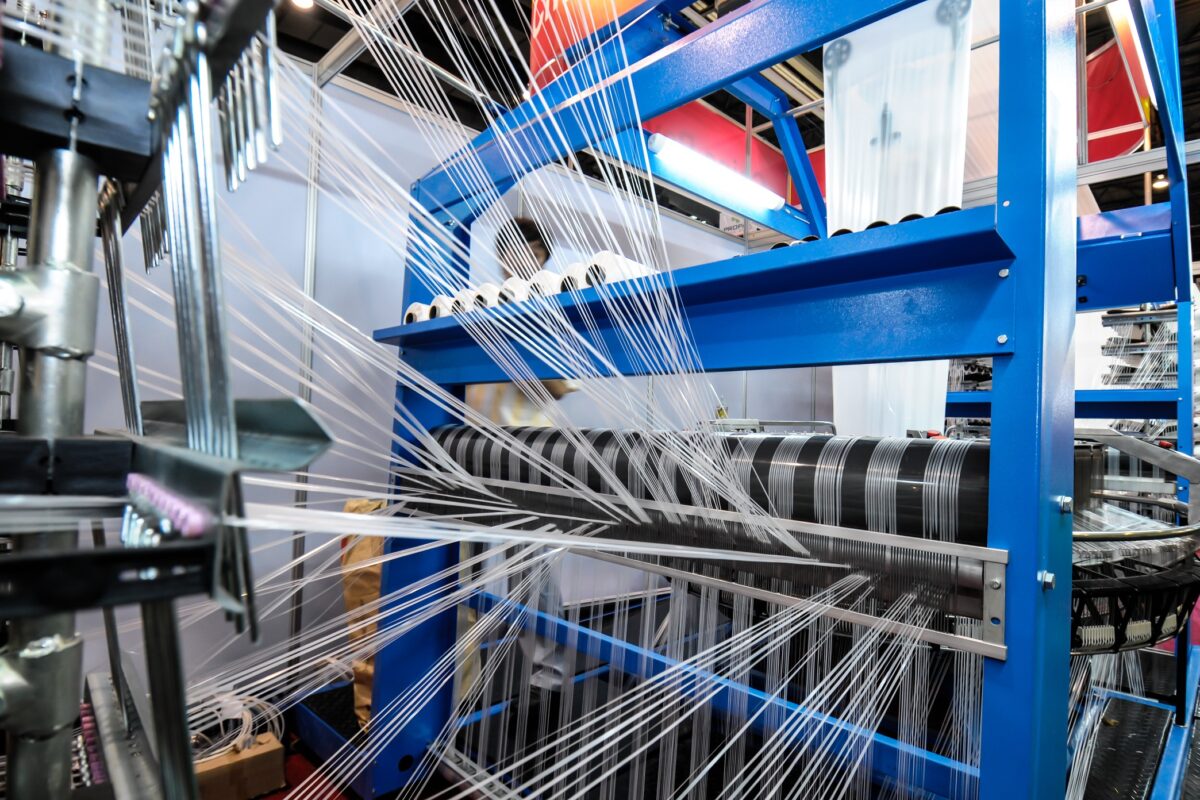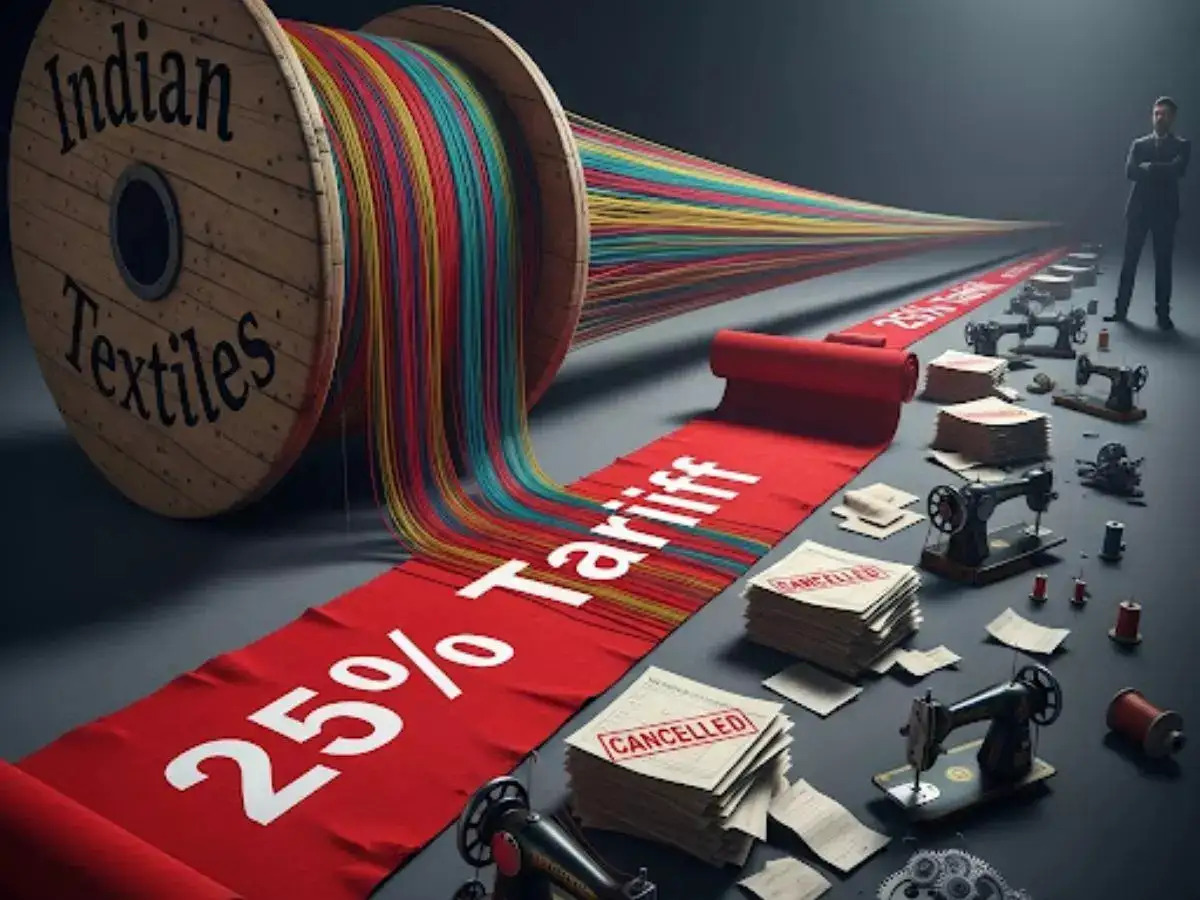FW
Invista’s brand Cordura is broadening its portfolio of protective performance fabric technologies suitable for today’s work wear environments. The range varies from FR solutions featuring Cordura fabric technology for enhanced durability to specialist stretch materials for garment reinforcement.
There is a range of flame retardant coated fabrics engineered with Cordura fiber technology for enhanced abrasion resistance. The latest hardwearing, hard-working denims including cutting-edge fabrics with high tear strength and stretch recovery in addition to Cordura’s 4Ever knits.
Finding next generation solutions for today’s workers means looking at how to increase the comfort quotient and functionality of textile technologies without compromising on the durability or protection required. Carrington FlameTougher 280AS made with Cordura Nyco fabric technology offers enhanced abrasion and tear resistance and is designed to meet EN1162 for flame retardant clothing.
Cordura fabrics with Susterra bio based membranes and coatings are used for safety footwear (Tiong Liong, Taiwan) and outdoor apparel (Everest, Taiwan). In a work environment, fit for purpose requirements dictate the functionality of the garment.
The company has high visibility, lightweight, waterproof, durable two- and three-layer laminated fabrics for outerwear. It also has fabrics of 140 gsm to 220 gsm targeted for garments used in road/rail construction as well as security and emergency services.
Innovation has been the driver of Colombia’s apparel industry and it believes in social responsibility and sustainability. Sportswear and swim company Tejidos Gulfer is helping the country cut back natural resource use and minimize poverty with its latest outreach efforts. Tejidos Gulfer currently has an environmental policy that incorporates Greentec technology stamping machines, which minimizes the amount of water used in apparel production. The company also runs a social responsibility program that builds homes for people in need.
With more than 24 years in the business, True Shapers, another Colombian brand, is making moves in the lingerie space. As a leading brand in control clothing and girdles, True Shapers is available in more than 14 nations. The company manufactures its garments with advanced fabrics, including 3 Structured D and 3 Plus D, that offer wearers comfort without restricting body movement.
Lafayette, one of Colombia’s leading sports fabric suppliers, is also a major player in recycling and water conservation. The company currently reuses 24 per cent of its water for other production processes, while reducing water consumption from 43.5 to 36 liters per meter of fabric. In addition to engaging in water conservation, Lafayette also uses boiler conversion technology to reduce carbon emissions from apparel production.
The prosperity index of China’s cotton textile industry dipped to 48.97 in May, down 0.28 from April. In May, raw material purchasing index was 50.83, up 1.13 over April; the raw material inventory index was at 48.43, edged up 0.21 month-on-month; production index was 50.31, rising 0.43 from April; the product sales index came in at 49.50, up 0.41 over April; the product inventory index was 46.60, down 0.18 from April and the business index came in at 48.25, down 0.41 from the previous month.
In May, the cotton textile industry and downstream industries began to enter a slack season, market prosperity dropped, yarn and fabric inventory increased, but production was unaffected. The transaction of state reserve cotton was 4,11,000 tons, an increase of 7,000 tons over April.
The price of domestic cotton was at a relatively stable level but the prices of cotton yarn and gray fabric kept declining and production-marketing ratio dropped. In June, the market for cotton yarn and gray fabric kept declining. Therefore, the prosperity index of China's cotton textile industry is estimated to go down further.
The prosperity index of China’s cotton textile industry is based on the weighed calculation of numerous main indicators of about 200 backbone cotton textile enterprises. A reading above 50 indicates expansion, while a reading below reflects contraction.
China will soon launch a new commodity futures contract as the country pushes for development of its commodity derivatives market. Starting from August 18, cotton yarn futures will be trading on the Zhengzhou Commodity Exchange, with preparation work for the launch already completed.
Trading tests will take place on August 5 and 12. Futures contracts oblige investors to buy or sell underlying assets at a predetermined price at a specified time, helping investors mitigate risks of price volatilities.
Cotton yarn futures together with cotton futures, which are already traded, would help companies in the industry to hedge against and improve management of risk. Large and frequent fluctuations in cotton yarn prices have had a negative impact on related industries in the past few years, and the launch of the cotton yarn futures will be an answer to market demand.
China has been developing its commodity derivatives market and plans to gradually open it up to foreign investors. Earlier in April, the country launched white sugar options, the second commodity options after soybean meal.
China is changing the dynamics of trade from price-setting to risk management. Despite criticism that the Chinese commodities exchanges are rife with retail investor speculation, their wild price moves still influence global pricing.
Bangladesh wants its total exports to grow at 7.87 per cent for fiscal year 2017-18. Garments are expected to contribute $30.16 billion to the total targeted amount with 8.12 per cent growth. The country is also looking to earn $1.38 billion from the leather industry, followed by jute and jute goods at $1.05 billion and $880 million from home textile products.
These targets have been set taking into consideration the global economic outlook, policy changes in import and export destinations, the fluctuating exchange rate, stakeholders’ feedback and supply side capacity. Business leaders feel the export targets are achievable but the sectors need support, including gas and electricity connections.
Despite spending a lot on safety standard improvements, exporters, especially from the apparel sector, are not getting a satisfactory price for their products. Bangladesh’s overall export earnings in fiscal 2016-17 were 1.68 per cent higher than what they were a year ago. They were also the lowest in the last 15 years.
The lead time is very important as businesses have to import raw materials to make the products. There is another struggle to ship the products due to the congestion in Chittagong port.
Gildan Activewear will relaunch American Apparel. The relaunch will begin with a new e-commerce website within the next two weeks and, behind the scenes, there will be increased shipments to wholesalers. The collection will remain in line with the original American Apparel brand and include T-shirts, sweatshirts, jeans, and more.
Gildan bought the once high-flying retailer for $88 million at a bankruptcy auction earlier in the year. American Apparel once had annual revenues of over $600 million but struggled to stay afloat due to a crippling $300 million debt, dropping sales, and crashing share price.
American Apparel, based in Los Angeles, began as a wholesale T-shirt business in 1998. But the hoped-for turnaround of the clothing manufacturer and retail chain—which has long grappled with shrinking sales and an outsize store footprint—did not happen. A plan to improve online selling didn't pay off, and, at a time when shoppers are going online in greater and greater numbers, American Apparel watched its online sales fall.
The teen retailer, founded in 1989, was known for its sexually charged advertising. The hoped-for turnaround of the clothing manufacturer and retail chain—which has long grappled with shrinking sales and an outsize store footprint—did not happen.
"The clothing industry is a major manufacturing sector of Hong Kong. It is the fourth largest manufacturing employer, with 657 establishments hiring 4,763 workers as of March 2017. The major reason for declining exports is relocation of production facilities offshore. In a major upheaval, developed markets, such as the US, the EU and Japan, have started sourcing proudcts from countries, including ASEAN and Bangladesh, thereby hampering the competitiveness of Hong Kong and mainland manufacturers."

Hong Kong’s clothing exports saw 10 per cent decline year-on-year in the first five months of 2017, when re-exports fell by 10 per cent and domestic exports by 46 per cent. In January-May 2017, Hong Kong's clothing exports to the US and EU, the two largest markets that accounted for more than 60 per cent of the total, fell by 9 per cent and 12 per cent, respectively.

The clothing industry is a major manufacturing sector of Hong Kong. It is the fourth largest manufacturing employer, with 657 establishments hiring 4,763 workers as of March 2017. The major reason for declining exports is relocation of production facilities offshore. In a major upheaval, developed markets, such as the US, the EU and Japan, have started sourcing proudcts from countries, including ASEAN and Bangladesh, thereby hampering the competitiveness of Hong Kong and mainland manufacturers. Rising labour costs and stricter environmental regulations on the Chinese mainland have fueled this trend.
Export trends
Hong Kong's clothing exports to the US decreased by 9 per cent in the first five months of 2017, while exports to EU registered 12 per cent decline. EU markets including the UK, Germany, France and Italy witnessed 13-33 per cent de-growth. As a sigh of relief, clothing exports to the Netherlands rose by 7 per cent. Hong Kong’s exports of woven wear fell by 9 per cent year-on-year in the first five months of 2017. Exports of knitwear decreased 10 per cent, whereas clothing accessories and other apparel articles declined 9 per cent and 10 per cent, respectively.
Online shopping gaining might
Online shopping is gaining prominence across the globe and that’s true for Hong Kong as well with major clothing markets, including the mainland China registering 467 million online shoppers in 2016. Recent a PwC survey indicated Chinese consumers are most inclined to online clothing shopping, with more than 72 per cent of the Chinese respondents saying that they prefer buying clothes through the Internet.
The growing variety of online shopping sites such as Taobao in China and ASOS Marketplace in the UK, plus the bloom of group shopping and mobile retailing, is expected to boost online shopping and sales further. The continuous improvement of third party payment such as Alipay by Alibaba Group and WeChat Pay by Tencent also aids in enhanced online shopping. It is estimated that global retail e-commerce sales will more than double from the current level and exceed US$4 trillion by 2020.
The growing variety of online shopping sites such as Taobao in China and ASOS Marketplace in the UK, plus the bloom of group shopping and mobile retailing, is expected to boost online shopping and sales further. The continuous improvement of third party payment such as Alipay by Alibaba Group and WeChat Pay by Tencent also aids in enhanced online shopping. It is estimated that global retail e-commerce sales will more than double from the current level and exceed US$4 trillion by 2020.
Growth regions
Rapid expansion in China’s economy has attracted both Hong Kong and foreign clothing companies. Foreign players including C&A, Uniqlo and H&M are looking to expand in smaller cities, those which are not yet present on mainland are working hard to establish their presence. For instance, Victoria's Secret is set to open a flagship store in Causeway Bay, leveraging Hong Kong as a springboard to go across the border.
As per latest Cotton Incorporated Lifestyle Monitor Survey, 73 per cent of US consumers believed better quality garments are made from natural fibres and 65 per cent of were willing to pay more for it. Besides, most fashion brands are adopting green techniques/designs to increase efficiency and reduce waste in the production process. For instance, H&M has initiated ‘H&M Conscious’, promising more efficient use of natural resources and adoption of 3Rs principle in production while fashion brand G-Star RAW has invented and used in its collections Bionic Yarn, an eco-friendly fabric made of fibers derived from recycled plastic bottles found in the ocean. /span>
Uttar Pradesh is framing a policy for textile, handloom and silk industries. Special incentives will be offered to investors in Bundelkhand, eastern, central and western UP, barring areas under Noida, Greater Noida and Yamuna Expressway Development Authorities. Land will be facilitated for setting up units. Assistance will also be offered in setting up textile complexes, clusters of small and medium units as well as textile parks.
UP which imports two-thirds of textile raw material and textile products aims at promoting all aspects of handloom, textile and sericulture, from production of raw material to preparation of the final product. Uttar Pradesh has a rich history of art and tradition. Fine woven brocades of precious metals from Varanasi and delicate white work, chikankari, zardozi and kamdani from Lucknow are the most famous textiles of Uttar Pradesh.
During the Mughal period, brocade weaving with intricate designs using gold and silver threads became a specialty of Benaras. Uttar Pradesh is known for jamdani weaves. White threads are used to weave on white. The designs woven are visible only on close scrutiny. The thread used to weave the patterns is of the same count as the base material. Gold and silver threads are used to weave the patterns.
A latest fashion retail trend is an altogether quirkier purchasing experience. Japanese retailer Uniqlo has revealed its 'Uniqlo to Go' vending machines, which will appear in US airports from August. Shoppers can purchase items from the brand's 'Lifewear' line via a fluid interface, with clothes then delivered by a robotic arm. Uniqlo indicated the machines may also be rolled out in other locations from shopping malls to movie theaters.
Besides Uniqlo, the New York launch of Alexander Wang's second fashion collection for Adidas Originals who have come up with an interactive retail strategy allowing shoppers to order the clothes via text, using product codes on posters displayed across the city. The orders were then delivered to customers by cyclists dressed in the new collection themselves.
Tommy Hilfiger, also came up with an interactive catwalk experience 'TommyNow'. The two-day fashion show took the form of a fun fair, where customers shopped the collection via interactive screens. In February Hilfiger showcased his second collaboration with supermodel Gigi Hadid in LA, in a similarly exciting setting. This show came with an app titled 'Tommyland Snap:Shop', which meant guests could buy pieces from the collection by simply taking photographs of the models.
Quirky shopping experiences have never been so trendy. At present, Uniqlo, Wang and Hilfiger are in the underground. But Ralph Lauren and Rebecca Minkoff have recently experimented with interactive dressing room mirrors that let customers choose different colors and sizes via a touch-enabled interface. And French beauty brand L'Occitane unveiled its first ‘Smart Beauty Fitting Room', allowing shoppers to browse digitally in private.
Adidas T-shirts will be made using sewbots. This is a major breakthrough in the automation of garment assembly and will enable the production of eight lakh T-shirts a day.
Using cameras to map the fabric and robots to steer it through the sewing needles, the system will handle soft fabrics and make the T-shirts for Adidas on the system which is scheduled to be fully operational by the end of next year.
The technology developed in the US by Atlanta based brand SoftWear Automation, was launched in 2012. It is being used by a Chinese company to supply European sports brand Adidas with T-shirts made in the US by robots. This is a major breakthrough in garment automation. From fabric cutting and sewing to finished product, it takes roughly four minutes. When fully operational, the system will make one T-shirt every 22 seconds.
The sewbots use a combination of patented high-speed computer vision and lightweight robotics to steer fabrics to and through the needle with greater speed and accuracy than a human. With complete automation, the cost for each T-shirt is roughly 33 cents. Around the world, even the cheapest labor market can't compete with this.












